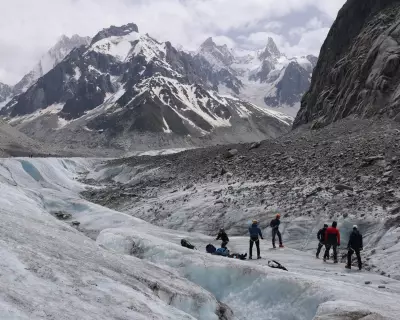
In a remarkable environmental turnaround that's capturing global attention, scientists have confirmed the Earth's protective ozone layer is healing at an unprecedented rate. However, this environmental success story comes with an unexpected twist that could reshape our understanding of climate change.
The Comeback Story Environmentalists Dreamed Of
New research reveals the ozone hole above Antarctica is shrinking significantly, with recovery progressing faster than most models predicted. The dramatic improvement stems directly from the landmark 1987 Montreal Protocol, which phased out ozone-depleting chemicals worldwide.
The Climate Change Paradox Emerges
While ozone recovery represents a major environmental victory, scientists have uncovered a complex side effect. As the ozone layer repairs itself, it's altering atmospheric circulation patterns in ways that could temporarily accelerate warming in certain regions.
The mechanism works like this:
- Ozone recovery changes wind patterns and atmospheric circulation
- These shifts affect how heat distributes across the planet
- Some regions may experience accelerated warming as a result
- The Southern Hemisphere appears most affected by these changes
What This Means for Global Climate Efforts
This revelation doesn't undermine the crucial success of ozone layer protection. Rather, it highlights the interconnected nature of Earth's atmospheric systems and the importance of comprehensive environmental policies.
"The Montreal Protocol stands as proof that global environmental agreements can deliver real, measurable results," notes one atmospheric scientist involved in the research. "Now we must apply similar determination to the broader climate challenge."
Looking Beyond the Immediate Consequences
Researchers emphasize that the long-term benefits of ozone recovery far outweigh temporary climatic side effects. The healing ozone layer continues to protect life from harmful ultraviolet radiation while providing valuable lessons for international climate cooperation.
The scientific community sees this development as both a warning and an opportunity – demonstrating that while environmental solutions can have complex consequences, coordinated global action remains our most powerful tool against ecological crises.





